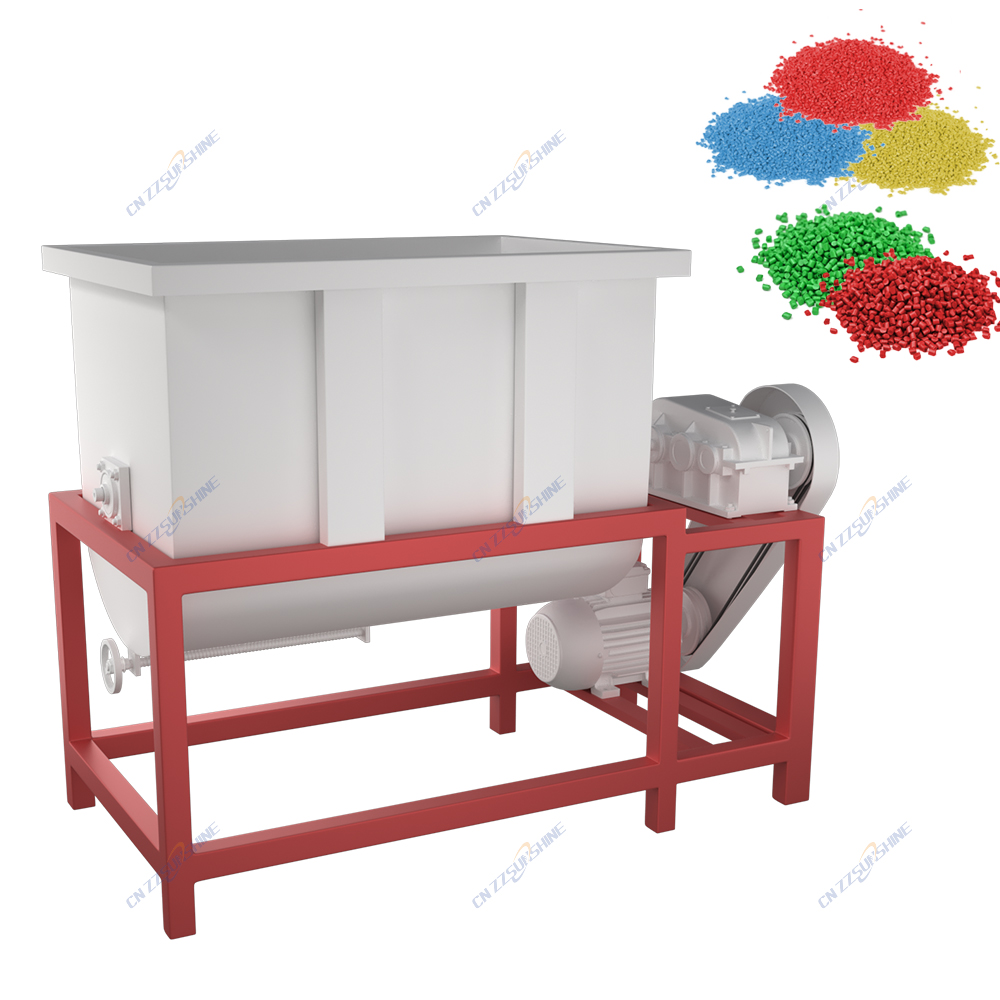Modern soap manufacturing demands efficiency and consistency. An integrated automatic soap production line transforms raw materials into finished bars with minimal human intervention. This system typically starts with an industrial mixer for chemical processing, where fats, alkalis, and additives blend uniformly under controlled conditions. The homogeneous soap mixture then feeds into a vacuum plodder. Here, critical de-aeration occurs under 10-15 bar pressure, eliminating air pockets that cause cracking. The compressed soap noodle advances to a duplex soap plodder machine for bar soap, refining texture and density through twin barrels before extrusion.
Continuous extrusion delivers perfectly formed logs to downstream units. An electric washing soap cutter slices logs into precise billets using servo-controlled blades, adjustable for any bar weight. These billets move to an automatic soap stamping station, where embossing and branding occur at high speed. For specialized needs like luxury toilet soap finishing lines or laundry bar soap production lines, modular components like custom soap cutting machines or triple-stage plodders ensure flexibility.
Key advantages of automation include:
* **Reduced Labor Costs:** 60% less manual handling versus semi-automatic systems.
* **Waste Minimization:** Vacuum extrusion cuts material loss by 12-18%.
* **Output Scalability:** Lines produce 500kg to 5,000kg/hr depending on configuration.
* **Uniform Quality:** PLC-controlled parameters guarantee batch-to-batch consistency.
For manufacturers sourcing equipment, partnering with experienced OEMs offering comprehensive soap making machine solutions is vital. Look for providers with expertise in integrating vacuum plodders with high-speed stampers and conveyors. Properly engineered automatic soap production lines deliver rapid ROI through unmatched throughput reliability and superior product integrity.




